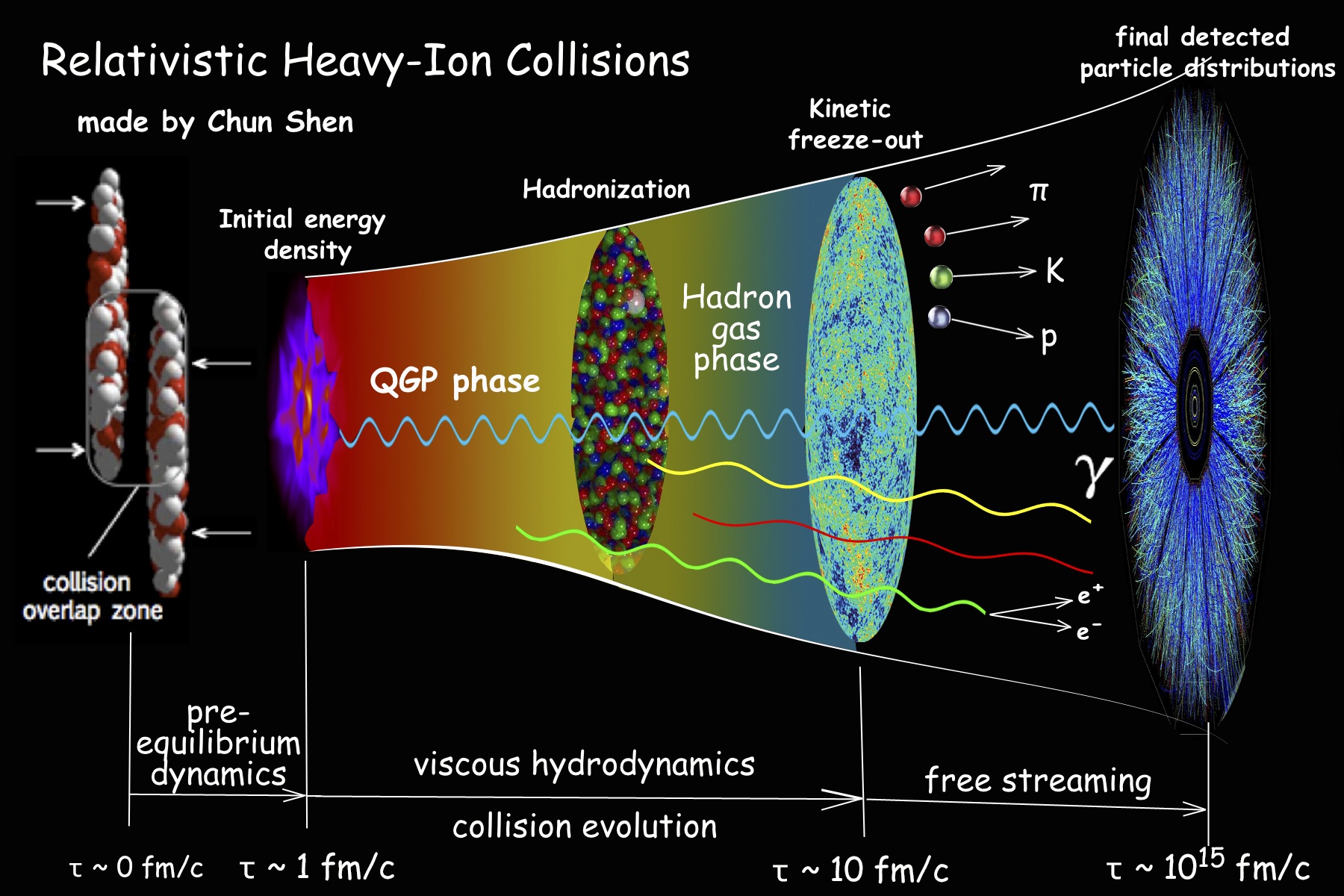Jonah E. Bernhard, Peter W. Marcy, Christopher E. Coleman-Smith, Snehalata Huzurbazar, Robert L. Wolpert, Steffen A. Bass, arXiv:1502.00339 [nucl-th]
Abstract: We systematically compare an event-by-event heavy-ion collision model to data from the Large Hadron Collider. Using a general Bayesian method, we probe multiple model parameters including fundamental quark-gluon plasma properties such as the specific shear viscosity η/s, calibrate the model to optimally reproduce experimental data, and extract quantitative constraints for all parameters simultaneously. The method is universal and easily extensible to other data and collision models.
